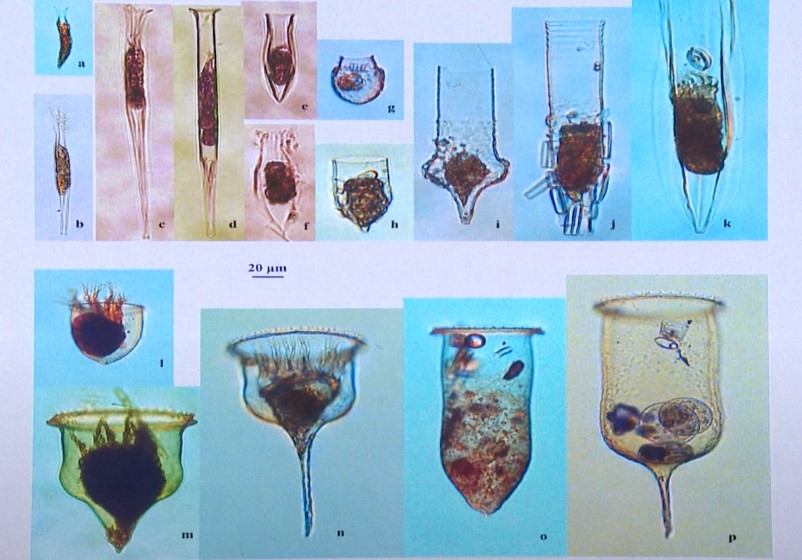
Marine biologists at the Chinese Academy of Sciences (CAS) are studying over 400 plankton samples collected during the recent 40th Chinese Antarctic Expedition.
The expedition team, which set sail from Shanghai in November 2023, returned to the port of Qingdao in east China's Shandong Province in April after a 161-day voyage exceeding 81,000 nautical miles.
These plankton, invisible to the naked eye and requiring magnification of up to 400 times for proper observation, form the foundation of the Southern Ocean ecosystem and play a vital role in maintaining its stability.
"These samples containing phytoplankton (autotrophic or self-feeding components of the plankton community) and planktonic ciliates, are collected from three key areas: the Antarctic Peninsula, Prydz Bay and the Astronaut Sea," explained Li Haibo, an assistant researcher at the CAS Institute of Oceanology. "We collected over 400 samples in total."
Planktonic ciliates, a representative group of marine plankton, act as a crucial intermediary between the micro-food web and the classic food chain. Studying them will shed light on the relationship between plankton's geographical distribution, community structure and the surrounding environment, said Li.
The samples, which were collected from seven different water layers between 0 and 200 meters below the surface, require careful extraction of these tiny creatures.
Building on a wealth of samples and data accumulated since China's 31st Antarctic expedition in 2014, CAS researchers are making significant progress.
"Through the data analysis over so many years, we have basically pictured a relationship between the distribution of planktonic ciliates and water masses in the Southern Ocean. For example, some species of sand-shell ciliates are distributed in the water layer between 150 and 200 meters, and further investigation is needed to find out what exactly causes such a phenomenon of vertical distribution," said Li. (CGTN)

